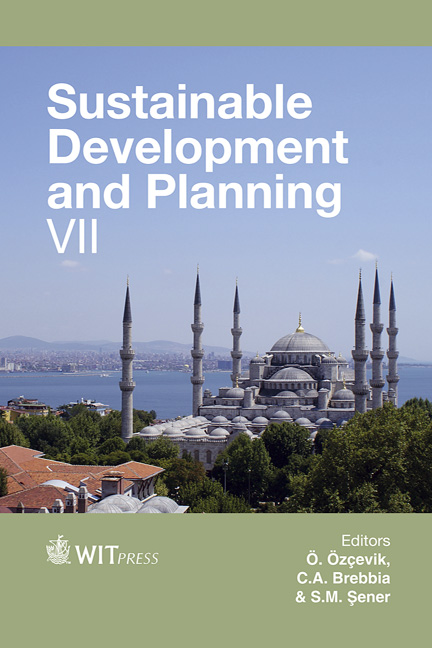The Relationship Between Rivers And Cities: Influences Of Urbanization On The Riverine Zones – A Case Study Of Red River Zones In Hanoi, Vietnam
Price
Free (open access)
Transaction
Volume
193
Pages
17
Page Range
27 - 43
Published
2015
Size
3,194 kb
Paper DOI
10.2495/SDP150031
Copyright
WIT Press
Author(s)
L. H. Phong
Abstract
In many megacities throughout the entire world, the relationship between cities and rivers is always considered fundamental to urban history research because of their profound interactions. Particularly, in the Southeast Asian countries, where wet rice cultivation is the base of culture, the river that brings the alluvium is indispensable to the development of a city. In this paper we will examine the extraordinary case of Hanoi, the capital of Vietnam, and the Red River. This river has massive influences on the urban development of ten cities in the north of Vietnam and is considered a source of life for the inhabitants who live along its two banks. In the case of Hanoi, the Red River was connected to the inner river system that made Hanoi a complete form of a river city. This structure, combined with over 1000 years of Hanoi’s urban history, created the different interesting settlement morphologies along the Red River from the centre to the periphery which all related closely to “water”. Nevertheless, in the last 20 years, Hanoi’s strong urbanization and the instability of the Red River’s complicated hydrology make the very remarkable transformations in urban morphology, landscape and environment of this city in general and the riverine zones in particular. For example, in respect to the environment, illegal construction and excessive sand exploitation causes serious erosion and threatens the quality of the soil. As a result, the high levels of water chemical components are evacuated into the river. These components pollute the water and directly harm the inhabitants’ health. So, to understand more thoroughly these changes, an interdisciplinary research method that covers many different fields such as urban planning, architecture, geography, and the environment has been carried out. This paper will extract part of the research in analyzing the transformations in some aspects of riverine zones and conclude by proposing some directions for a sustainable perspective of the relationship between Hanoi, the Red River and the riverine zones.
Keywords
cities, rivers, dike, urbanization, inundation, environment, infrastructure, transformations, sustainable, agriculture, villages, heritage





